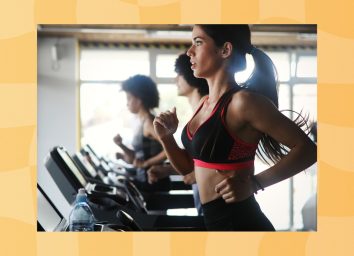5 Best At-Home Workouts for Better Balance & Coordination
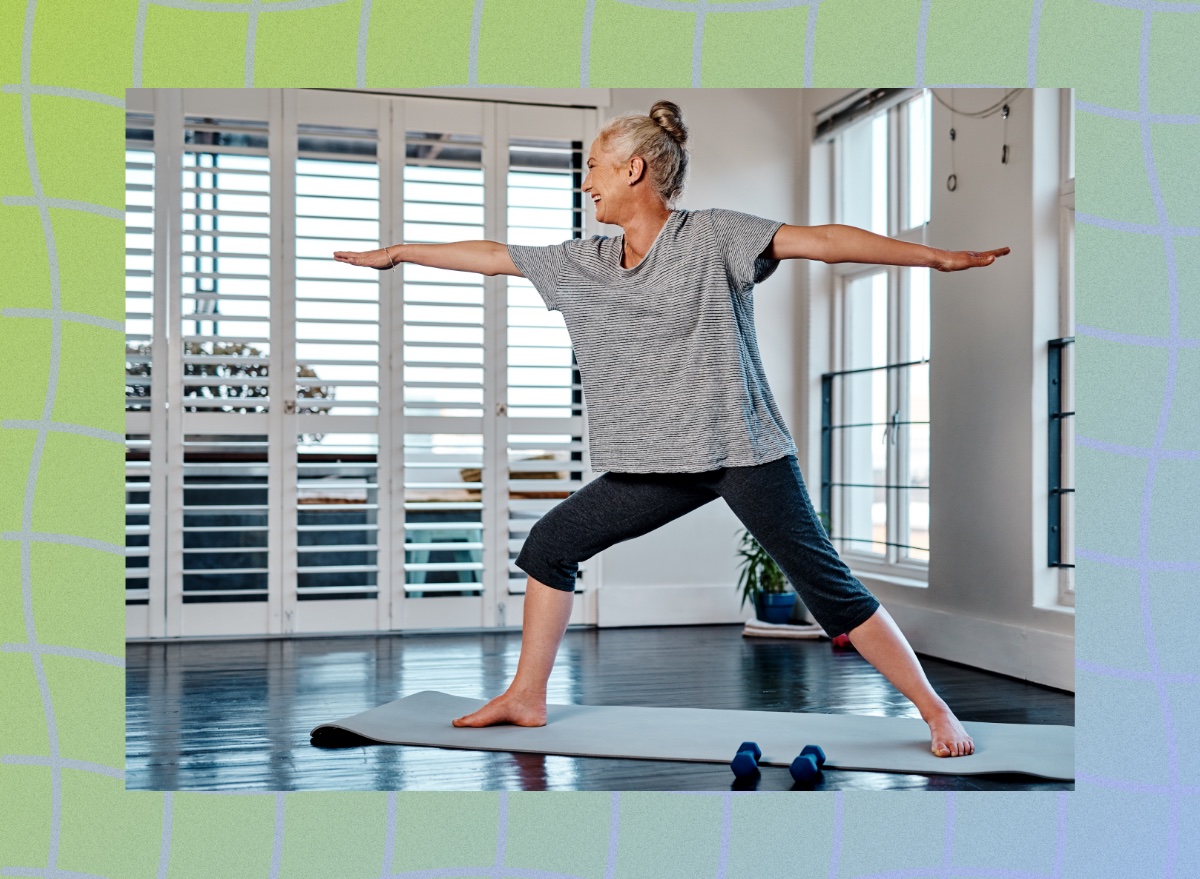
Whether you're an athlete striving for peak performance, a fitness enthusiast dedicated to a well-rounded regimen, or someone simply looking to improve your everyday stability, enhancing your balance and coordination can offer profound benefits. Balance and coordination are foundational elements of physical fitness that often get overlooked in favor of goals like strength and endurance. However, focusing on these skills has numerous advantages, so I've rounded up five of my best at-home workouts for better balance and coordination.
Improved balance can significantly reduce your risk of falls and injuries, which is especially important as you age. Better coordination can make daily activities smoother and more efficient, whether walking on uneven surfaces, carrying groceries, or playing with your kids. For athletes, fine-tuning these skills can enhance performance in almost any sport, from the agility needed in soccer and basketball to the precision required in gymnastics and dance. Even for those not involved in sports, balance and coordination exercises can contribute to better posture, reduced back pain, and an overall sense of body confidence.
The best part? You don't need a gym membership or expensive equipment to work on your balance and coordination. You can create effective workouts that fit your daily routine with just a little space and some basic household items. Here are five of the best routines to get you started on this important fitness journey.
Workout #1
1. Split Squats
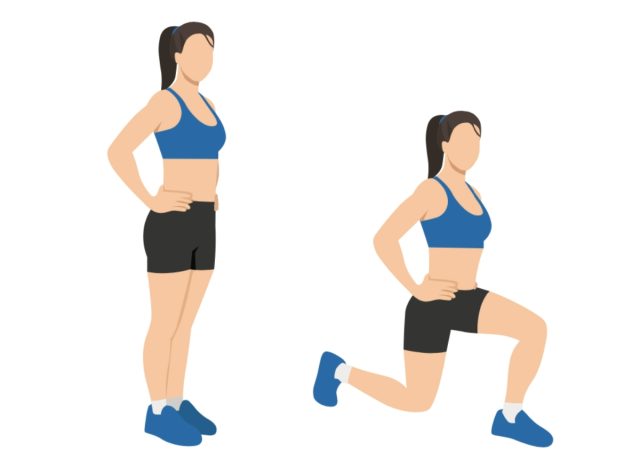
The split squat is a unilateral leg exercise that challenges balance and coordination by working each leg independently. This exercise targets the quadriceps, hamstrings, glutes, and calves while engaging your core to stabilize your body.
The split squat can help correct muscle imbalances between your legs and improve overall leg strength and stability, which is essential for running, jumping, and changing direction quickly.
Stand with your feet hip-width apart. Step your right foot back about two feet, keeping your heel off the ground. Lower your body until your left thigh is parallel to the ground and your right knee is just above the floor. Push through your left heel to return to the starting position. Complete three sets of eight to 12 reps per leg, resting for 90 seconds between sets.
2. Plank with Shoulder Taps
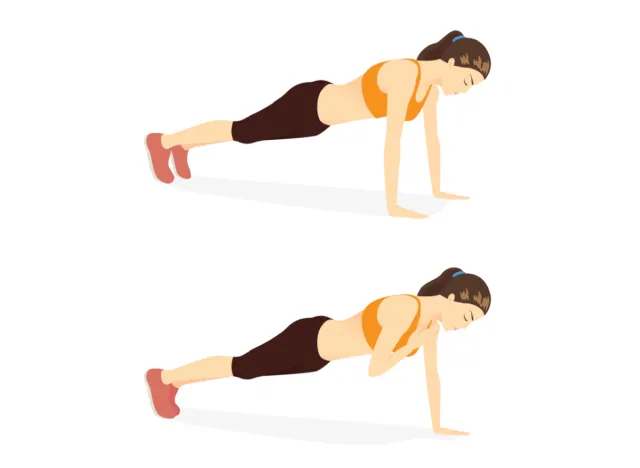
Plank with shoulder taps enhances core stability and balance by requiring you to maintain a strong plank position while lifting one hand off the ground to touch the opposite shoulder. This movement engages your core, shoulders, and glutes, improving coordination and strength. It also challenges your ability to resist rotation, which is crucial for maintaining balance during dynamic activities.
Start in a high plank position with your hands under your shoulders and your body in a straight line from your head to your heels. Lift your right hand to tap your left shoulder, then return it to the ground. Repeat with your left hand tapping your right shoulder. Perform three sets of 20 taps (10 per side), resting for 60 seconds between sets.
Workout #2
1. Skater Jumps
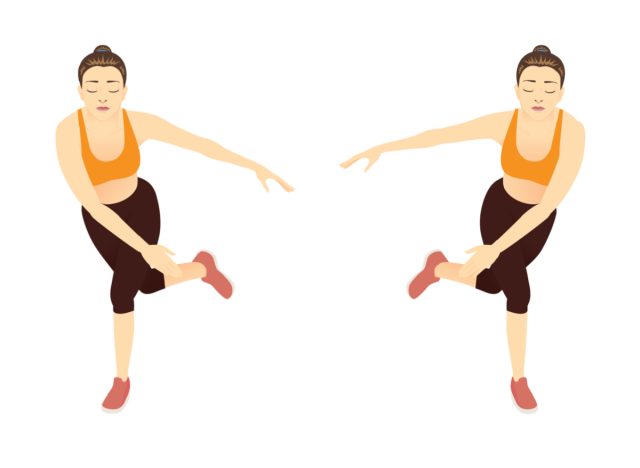
Skater jumps mimic the lateral movement of a speed skater, challenging your balance and coordination dynamically and explosively. This exercise targets the glutes, hamstrings, quadriceps, and calves while engaging your core to maintain stability. The lateral motion helps strengthen the muscles around your hips and knees, which is essential for maintaining balance during side-to-side movements.
Stand on your right foot and hop laterally (side-to-side) to your left foot, landing softly and swinging your right leg behind your left. Continue hopping side to side, using your arms for momentum and balance. Perform three sets of 20 reps (10 per side), resting for 60 seconds between sets.
2. Curtsy Lunges
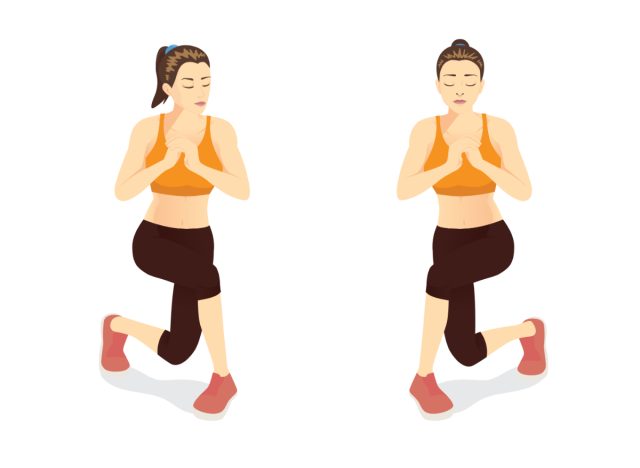
The curtsy lunge improves balance and coordination while targeting the inner and outer thighs, glutes, and quads. By stepping one leg behind and across the other, this movement challenges your stability and engages your core muscles. It also helps enhance hip flexibility and strength, improving overall balance and coordination.
Stand with your feet hip-width apart. Step your right foot behind and to the left of your left foot, bending both knees to lower into a lunge. Your left thigh should be parallel to the ground. Push through your left heel to return to the starting position. Complete three sets of eight to 10 reps per leg, resting for 60 seconds between sets.
Workout #3
1. Single-Leg RDL (Romanian Deadlift)
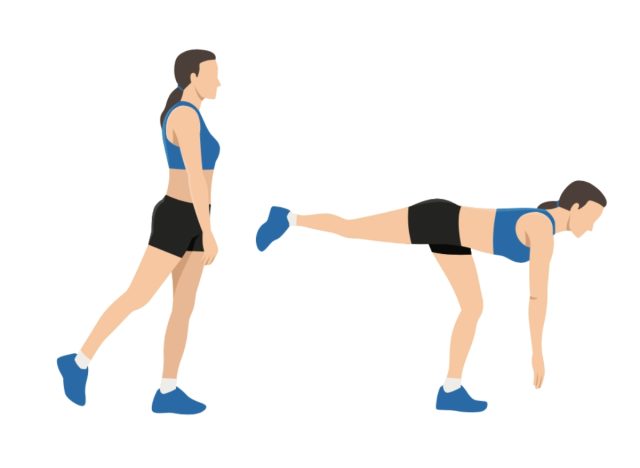
The single-leg Romanian deadlift (RDL) is a powerful exercise for enhancing balance and coordination by focusing on one leg at a time. It targets the hamstrings, glutes, and lower back while requiring significant core engagement to maintain stability. This exercise helps improve unilateral strength, correct muscle imbalances, and enhance proprioception (your body's ability to sense its position in space).
Stand on your right leg with your left foot slightly off the ground. Hinge at the hips, lowering your torso and left leg toward the ground while keeping your back straight. Return to the starting position by squeezing your glutes and engaging your core. Complete three sets of six to eight reps per leg, resting for 90 seconds between sets.
2. Bear Crawls
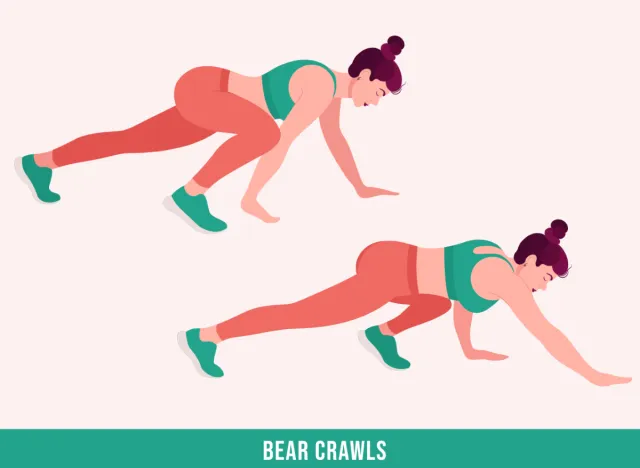
Bear crawls build coordination between your upper and lower body while strengthening your core and limbs. This full-body exercise engages your shoulders, chest, core, and legs, improving muscle endurance and stability. The movement pattern enhances motor control and helps develop better synchronization between your arms and legs, which is crucial for coordinated movements. You can switch between forward bear crawls or challenge yourself with lateral bear crawls.
Start on all fours with your hands under your shoulders and knees under your hips. Lift your knees slightly off the ground and move forward by simultaneously moving your right hand and left foot, then your left hand and right foot. Perform three sets of six to 12 reps per side, resting for 60 seconds between sets.
Workout #4
1. Stability Ball Leg Curls
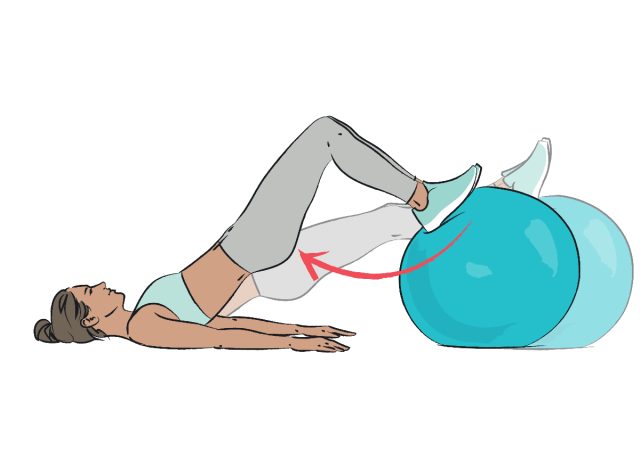
Ball leg curls target the hamstrings, glutes, and lower back while challenging your stability and coordination. Using a stability ball adds an element of instability, requiring greater core engagement to maintain balance throughout the movement. This exercise helps strengthen the posterior chain muscles, which are essential for maintaining good posture and balance.
Lie on your back with your heels on top of a stability ball. Lift your hips off the ground, forming a straight line from your shoulders to your heels. Roll the ball toward you by bending your knees, then roll it back out. Complete three sets of 12 to 15 reps, resting for 90 seconds between sets.
2. Single-arm Plank
The single-arm plank is an advanced variation of the traditional plank that significantly challenges your core stability and balance. By removing one point of contact with the ground, this exercise forces your core to work harder to maintain stability. It also engages the shoulders, glutes, and lower back, contributing to better coordination and strength.
Start in a high plank position with your hands under your shoulders and your body in a straight line from your head to your heels. Lift your right hand off the ground, hold it by your side, or extend it forward. Hold this position, then switch arms. Perform three sets per side, holding the plank for 20 to 30 seconds and resting for 45 seconds between sets.
Workout #5
1. Plank with T Rotations
The plank with T rotations is a dynamic core exercise that improves rotational stability and balance. This movement fires up the entire core, including the obliques, and challenges your shoulder stability. It also improves your ability to control your body's rotation, which is crucial for coordinated movements in various activities.
Start in a high plank position with your hands under your shoulders. Rotate your body to the left, extending your right arm towards the ceiling and forming a "T" shape with your body. Return to the starting position and repeat on the left side. Perform three sets of 10 to 15 reps per side, resting for 60 seconds between sets.
2. Single-leg Squat to Box
The single-leg squat-to-box is an effective exercise for developing unilateral leg strength, balance, and coordination. By squatting on one leg and using a box for support, this movement challenges your stability and strengthens your quads, hamstrings, glutes, and core. It also helps improve muscle imbalances and enhances proprioception, which is vital for maintaining balance.
Stand in front of a box or chair with your left foot on the ground and your right foot slightly off the ground. Lower your body into a single-leg squat, touching your glutes to the box, then push through your left heel to return to the starting position. Complete three sets of six to 12 reps per leg, resting for 90 seconds between sets.
Pro Tip: If necessary, use a suspension trainer to assist until you've built up your single-leg strength and balance!


